~~~BACK IN THE DAY~~~
They Love Their Life In Circus
by DAVID OSBORN, The Morning Call
August 05, 1986
ALLENTOWN, PA---Scotty's eyes are different colors and his hair is long and shaggy. But he can walk on his two front legs.
They Love Their Life In Circus
by DAVID OSBORN, The Morning Call
August 05, 1986
ALLENTOWN, PA---Scotty's eyes are different colors and his hair is long and shaggy. But he can walk on his two front legs.
Scotty, who performed yesterday in the Great American Circus at Allentown's Percy Ruhe Park, isn't exactly the perfectly manicured poodle found in many circus show acts. But Dick Kohlrieser, who trains the circus's dog and ponies, said he prefers it that way.
I just like these old mutts," Kohlrieser said as he adjusted his blue commander-in-chief hat. "These dogs try to outdo each other for my approval."
I just like these old mutts," Kohlrieser said as he adjusted his blue commander-in-chief hat. "These dogs try to outdo each other for my approval."
The 51-year-old trainer demonstrated Scotty's skill yesterday afternoon by using a long, black rod to assist the black and white dog in walking on his two front legs.
Kohlrieser - an ex-rodeo clown - said he would rather train dog-pound dogs over the more dignified canines. He said dog-pound dogs are more aggressive, enthusiastic and nosy and, therefore, easier to work with and train.
Kohlrieser and his dogs have traveled with and performed in the circus since March 5 and will finish the 17-state tour by Nov. 10. The circus has had one day off.
But Kohlrieser said he enjoys life on the road, even when he works 18-hour days.
"You get to hardly know what day of the week it is," he said of the hectic schedule.
When people make fun of him for living in a trailer, Kohlrieser said, he reminds them that traveling with a circus is like "camping all year round."
Jimmy Ridenour, Great American Circus manager, said traveling from city to city costs about $10,000 daily. But he said he loves it too much to ever leave, adding no one else in his family was ever in the circus.
"I'm the weird one who wanted to be in the circus," he said. "You have to want to do it."
Ridenour, 51, attended his first circus 38 years ago in his native Tennessee. His interest grew, and five years ago he started as a clown for the Great American Circus. He then worked his way up in the circus and eventually was promoted to manager.
He said the Great American Circus is among fewer than 10 such tent shows in the United States.
As Ridenour spoke, workers set up cotton candy stands, watered elephants and constructed bleachers for yesterday's two shows.
The troupe usually is packed by midnight and travels at least 75 miles to the next show, Ridenour said.
Circuses are expected to set up quickly and tear down and move on to the next town. Military advisers during World War I and World War II often followed circuses to learn the skill in building up and tearing down so rapidly so troops could do the same with military equipment in the field.
Ridenour said he tries to keep morale up among the 75 employees by having pizza parties and showing circus videos. He called his group a "self- contained" unit in which people have to get along because they are together for so many months without a break.
"It's kind of like being in the Army once you join here," he said.









































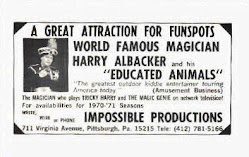

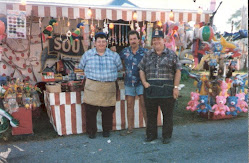




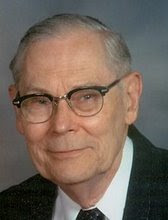
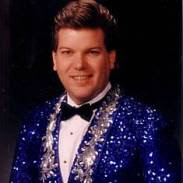






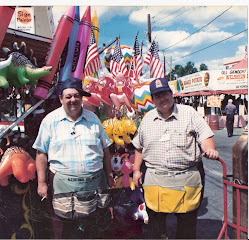
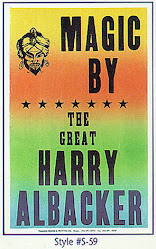















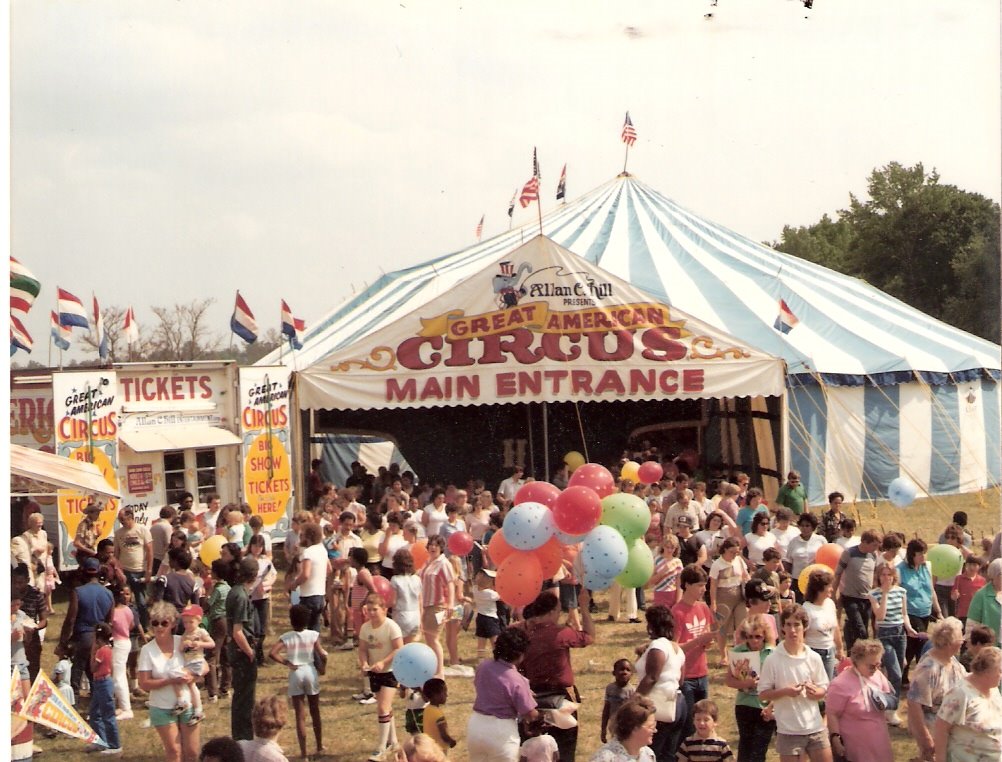









This is a great story, Dick. Thanks for sharing it.
ReplyDelete